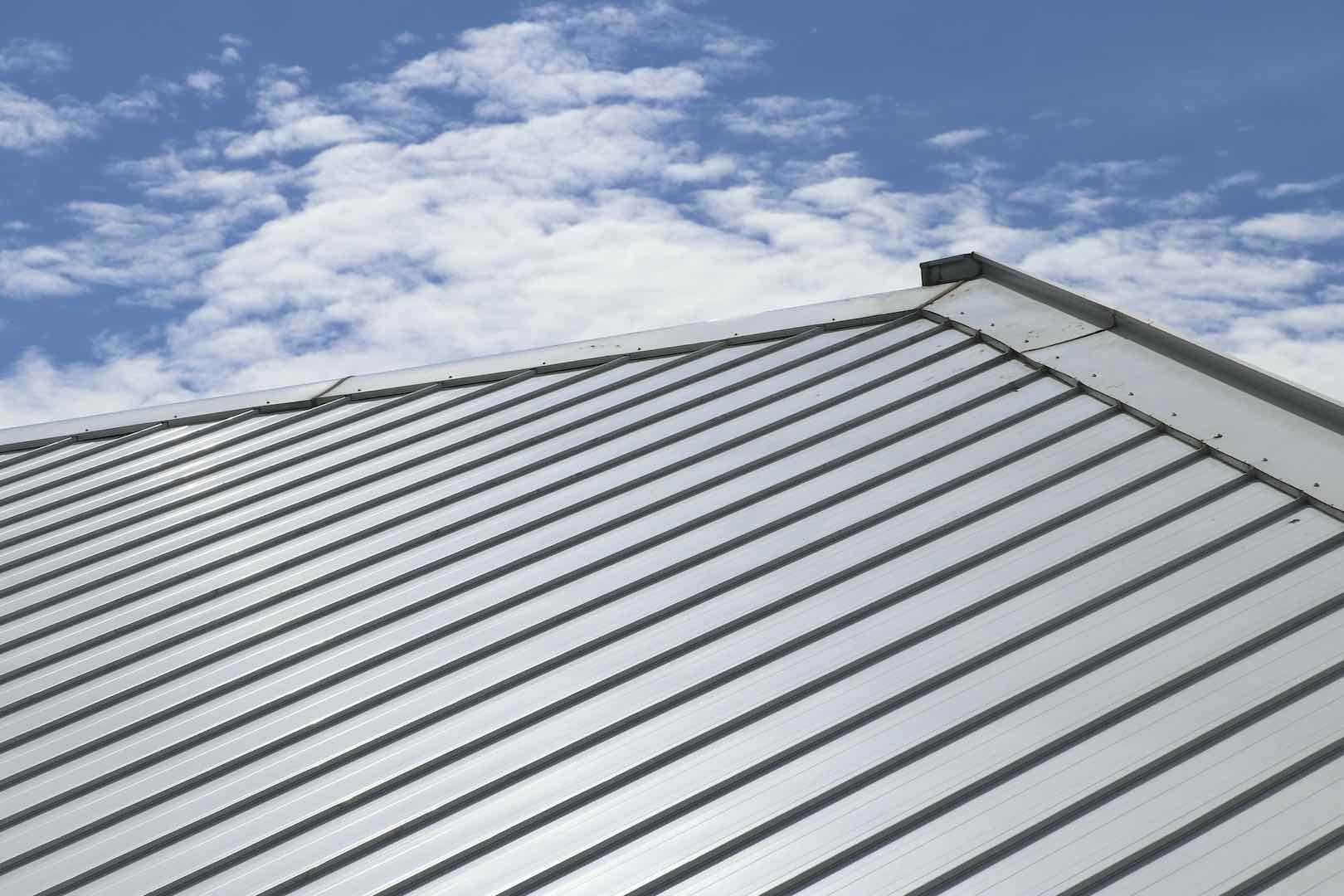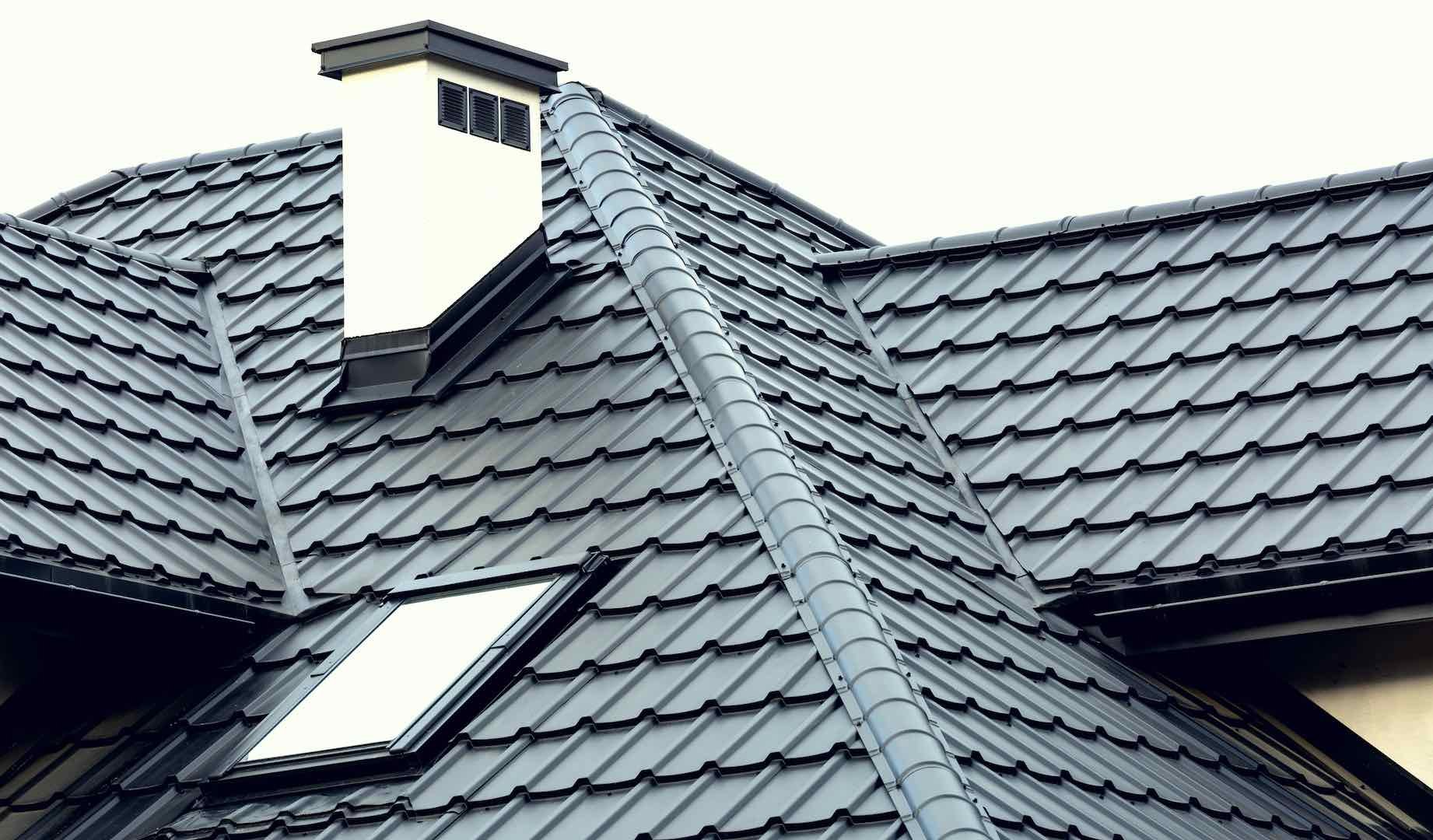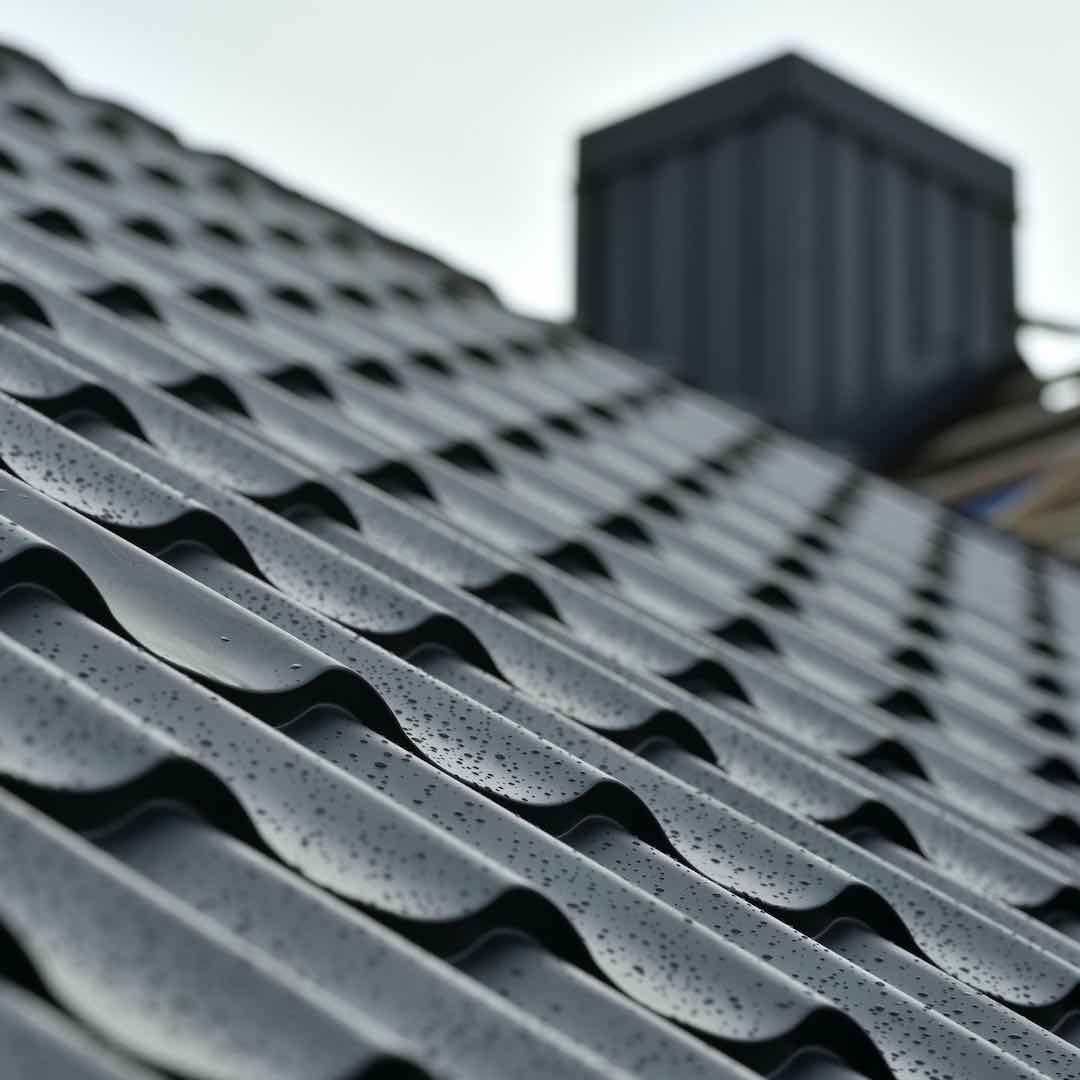Metal Roofing Guide: Installation & Prices
Metal roofing is a popular choice for homeowners due to its durability, longevity, and low maintenance requirements. With a wide variety of materials and styles available, it's important to understand the different types of metal roofing, the installation process, and the associated costs. In this guide, we explore everything you need to know about metal roofing installation and prices.
Introduction To Metal Roofing
Metal roofing is known for its exceptional durability and long lifespan. It offers homeowners a reliable and low-maintenance solution for protecting their homes. With advancements in technology and design, metal roofs now come in various styles, resembling shingles, slate, tile, and more. Before diving into the installation process and costs, let's explore the different types of metal roofing materials available.
Types of Metal Roofing Materials
Aluminum Roofs
Aluminum roofs are lightweight, corrosion-resistant, and ideal for coastal areas. They offer excellent durability and can withstand harsh weather conditions. Aluminum roofs are available in various styles, including shingles, shakes, and standing seam panels.
Copper Roofing
Copper roofs are renowned for their timeless beauty and elegance. They develop a unique patina over time, adding character to your home. While copper roofs are more expensive, they offer exceptional durability and can last for centuries with proper maintenance.
Corrugated Metal Roof
Corrugated metal roofs are a cost-effective option known for their strength and versatility. They feature repetitive folds, providing enhanced structural integrity. Corrugated metal roofs are commonly used in agricultural and industrial buildings, but they can also be a great choice for residential properties.
Metal Tile Roofs
Metal tile roofs mimic the appearance of traditional clay or concrete tiles. They offer the aesthetic appeal of a tiled roof while providing the benefits of metal, such as durability and longevity. Metal tile roofs come in various shapes, colors, and finishes, allowing homeowners to achieve the desired look for their homes.
Metal Slate Roofs
Metal slate roofs replicate the appearance of natural slate but at a fraction of the cost. They are lightweight, fire-resistant, and highly durable. Metal slate roofs are available in a wide range of colors and can complement both modern and traditional architectural styles.
Standing Seam Metal Roofs
Standing seam metal roofs are characterized by raised seams that interlock to create a continuous and sleek appearance. This type of roofing is highly weather-resistant, making it suitable for areas prone to high winds and heavy snowfall. Standing seam metal roofs offer excellent durability and require minimal maintenance.
Steel Roofs
Steel roofs are known for their strength and affordability. They are available in various styles, including shingles, shakes, and standing seam panels. Steel roofs are durable, fire-resistant, and can withstand extreme weather conditions. They are a popular choice for both residential and commercial buildings.
Tin Roofing
Tin roofs have been used for centuries due to their durability and affordability. They are lightweight, corrosion-resistant, and can be easily installed. Tin roofs are available in different styles, making them suitable for a variety of architectural designs.
Zinc Metal Roof
Zinc metal roofs offer exceptional longevity and require minimal maintenance. They develop a natural protective layer over time, known as a patina, which provides additional durability. Zinc roofs are environmentally friendly and can be recycled at the end of their lifespan.
Now that we've explored the different types of metal roofing materials, let's move on to the installation process.
Metal Roofing Installation Process
Metal roofing installation requires careful planning and expertise to ensure a proper fit and long-lasting performance. Here is a general overview of the installation process:
Metal Roofing Installation Steps
Measure and Prepare: Accurate measurements of the roof area are taken to determine the amount of metal roofing material needed. Any existing roofing materials are removed, and the roof deck is inspected for any damage or necessary repairs.
Install Underlayment: An underlayment, such as synthetic underlayment or felt paper, is installed over the roof deck to provide an additional layer of protection against moisture.
Flashing and Edging: Metal flashing is installed around roof penetrations, such as chimneys and vents, to prevent water infiltration. Metal edging is added to the perimeter of the roof to ensure a clean and finished appearance.
Install Metal Panels or Shingles: Metal panels or shingles are installed according to the manufacturer's instructions and the chosen roofing style. Proper fastening techniques are used to secure the metal roofing material to the roof deck.
Ridge Cap and Trim Installation: Ridge caps are installed along the ridge line of the roof to provide a watertight seal and enhance the overall appearance. Trim pieces are added to cover any exposed edges and create a polished look.
Inspections and Final Touches: The installation is thoroughly inspected to ensure everything is properly aligned and secured. Any necessary adjustments or touch-ups are made to complete the installation.
It's important to note that the installation process may vary slightly depending on the specific metal roofing material and the expertise of the roofing contractor. Hiring a professional with experience in metal roofing installation is highly recommended to ensure a successful and long-lasting installation.
Factors Affecting Metal Roofing Prices
Several factors influence the overall cost of a metal roofing installation. Understanding these factors can help you estimate the price for your specific project. Here are some key factors to consider:
Roofing Price Factors
Roof Size: The size of your roof is a significant determinant of the overall cost. Larger roofs require more materials and labor, resulting in higher installation costs.
Roof Complexity: The complexity of your roof's design, including the number of angles, valleys, and dormers, can impact the installation cost. More intricate designs may require additional time and expertise to install properly.
Chosen Metal Roofing Material: The type of metal roofing material you choose will affect the overall cost. Copper and zinc roofs tend to be more expensive, while steel and aluminum roofs offer more affordable options.
Roof Accessibility: The ease of access to your roof can impact the installation cost. Roofs with limited accessibility may require additional equipment or labor, resulting in higher installation costs.
Geographic Location: The cost of labor and materials can vary depending on your geographic location. Areas with higher living costs or limited availability of materials may have higher installation prices.
Additional Roofing Components: Additional components, such as insulation, ventilation systems, or gutter installation, can add to the overall cost of the project.
By considering these factors and obtaining quotes from reputable roofing contractors, you can get a better understanding of the potential costs involved in your metal roofing installation.
Average Metal Roofing Prices by Material
Metal roofing prices vary depending on the chosen material, style, and other factors. Here is a general price range for different types of metal roofing materials:
Metal Roofing Prices
Aluminum Roofs: $7 to $12 per square foot
Copper Roofing: $15 to $30 per square foot
Corrugated Metal Roof: $3 to $8 per square foot
Metal Tile Roofs: $10 to $20 per square foot
Metal Slate Roofs: $12 to $25 per square foot
Standing Seam Metal Roofs: $10 to $25 per square foot
Steel Roofs: $5 to $12 per square foot
Tin Roofing: $5 to $10 per square foot
Zinc Metal Roof: $10 to $20 per square foot
These prices are approximate and can vary depending on your location, the complexity of the installation, and any additional features or customization options. It's important to obtain detailed quotes from roofing contractors to get an accurate estimate for your specific project.
Benefits of Metal Roofing
Metal roofing offers several advantages that make it an appealing choice for homeowners. Let's explore some of the key benefits:
Longevity: Metal roofs can last 50 to 80 years or more, depending on the material and proper maintenance. This longevity surpasses traditional roofing materials like asphalt shingles.
Durability: Metal roofs are highly durable and can withstand extreme weather conditions, including high winds, heavy rain, and snow. They are also resistant to fire, rot, and pests, providing added protection for your home.
Low Maintenance: Metal roofs require minimal maintenance compared to other roofing materials. They do not require frequent repairs or replacements, saving you time and money in the long run.
Energy Efficiency: Metal roofs reflect solar heat, reducing the need for excessive air conditioning during hot summer months. This can lead to energy savings and lower cooling costs.
Environmentally Friendly: Many metal roofing materials contain a high percentage of recycled content and can be recycled at the end of their lifespan. This makes metal roofs a sustainable choice for eco-conscious homeowners.
Increased Home Value: Metal roofs can enhance the curb appeal and value of your home. Their durability and long lifespan make them an attractive feature for potential buyers.
Drawbacks of Metal Roofing
While metal roofing offers numerous benefits, it's important to consider the potential drawbacks as well. Here are some factors to keep in mind:
Higher Initial Cost: Metal roofing tends to have a higher upfront cost compared to traditional roofing materials like asphalt shingles. However, the long-term durability and low maintenance requirements can offset this initial investment.
Noise: Some homeowners find that metal roofs can be noisy during heavy rain or hailstorms. However, proper insulation and underlayment can help reduce noise transmission.
Denting: Certain types of metal roofs, such as aluminum and copper, are more prone to denting than others. Hailstorms or falling branches can cause dents on the surface of the roof. However, these dents do not affect the functionality or longevity of the roof.
Color Matching: If repairs or additions are needed in the future, it may be challenging to find an exact color match for the existing metal roofing. This can affect the overall aesthetic appeal of the roof.
It's important to weigh these drawbacks against the benefits and consider your specific needs and preferences when deciding if metal roofing is the right choice for your home.
Maintenance and Care for Metal Roofs
One of the advantages of metal roofing is its low maintenance requirements. However, regular care can help prolong the lifespan and appearance of your metal roof. Here are some maintenance tips to keep in mind:
Inspect the Roof: Regularly inspect your metal roof for any signs of damage, such as loose or damaged panels, corrosion, or loose fasteners. Address any issues promptly to prevent further damage.
Clean the Roof: Remove any debris, leaves, or branches that may accumulate on the roof. Avoid using abrasive materials or harsh chemicals during cleaning, as they can damage the metal surface.
Clear Gutters and Downspouts: Regularly clean and clear your gutters and downspouts to ensure proper water drainage. Clogged gutters can lead to water backup and potential damage to the roof.
Trim Overhanging Branches: Trim any overhanging tree branches that could potentially damage the roof during storms or strong winds.
Schedule Professional Inspections: Consider scheduling professional inspections every few years to assess the condition of your metal roof. Professional roofers can identify any potential issues and provide recommendations for maintenance or repairs.
By following these maintenance practices, you can ensure the longevity and performance of your metal roof.
Frequently Asked Questions about Metal Roofing
How long does a metal roof typically last?
Metal roofs can last 50 to 80 years or more, depending on the material and proper maintenance.
Are metal roofs more expensive than traditional roofing materials?
Metal roofs tend to have a higher upfront cost compared to traditional materials like asphalt shingles. However, their long lifespan and low maintenance requirements can offset this initial investment.
Can a metal roof be installed over an existing roof?
In some cases, metal roofs can be installed over an existing roof. However, it's important to consult with a professional roofer to assess the condition of the existing roof and determine if this is a viable option.
Are metal roofs noisy during rainstorms?
While metal roofs can be noisier than other roofing materials during heavy rain or hailstorms, proper insulation and underlayment can help reduce noise transmission.
Can I install a metal roof myself, or should I hire a professional?
Installing a metal roof requires expertise and specialized tools. It is recommended to hire a professional roofer with experience in metal roofing installation to ensure a proper fit and long-lasting performance.
Conclusion
Metal roofing offers homeowners a durable, low-maintenance, and long-lasting solution for protecting their homes. With a wide range of materials, styles, and prices available, it's important to consider your specific needs and preferences when choosing a metal roof. By understanding the installation process, costs, and benefits of metal roofing, you can make an informed decision for your home. Whether you opt for aluminum, copper, steel, or another metal roofing material, investing in a metal roof can provide you with peace of mind and enhance the value of your property for years to come.
Remember to consult with professional roofing contractors to get accurate quotes and ensure a successful metal roofing installation. With proper care and maintenance, your metal roof can provide reliable protection and aesthetic appeal for decades.

















